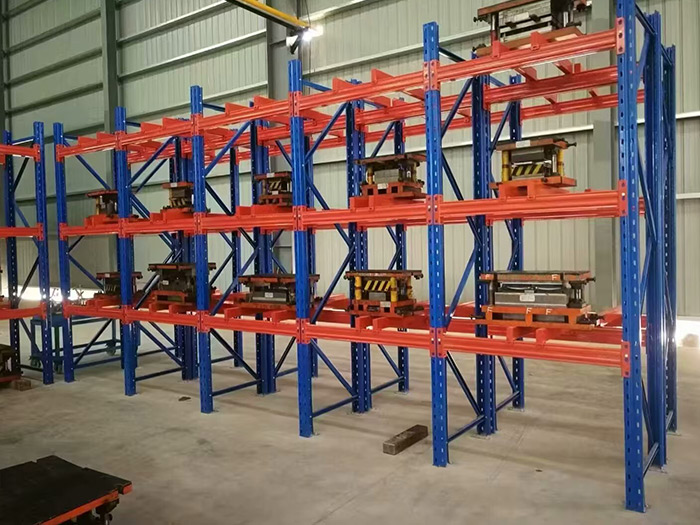The Right Thickness of Plywood for Safe Walking: A Comprehensive Guide
3 min readWhen it comes to construction and renovation projects, plywood is a versatile material that often plays a crucial role in flooring systems, subfloors, and various structural applications. However, one of the most common questions that arise among builders, DIY enthusiasts, and homeowners alike is: What thickness of plywood can you walk on? This inquiry is not merely about the physical properties of plywood; it encompasses safety, structural integrity, and the specific requirements of your project. In this article, we will delve into the factors that determine the appropriate thickness of plywood for walking surfaces, the standards to consider, and practical applications.
Understanding Plywood Thickness
Plywood is manufactured in various thicknesses, typically ranging from 1/8 inch to 1 inch or more. The most common thicknesses used in flooring applications are 1/2 inch, 5/8 inch, and 3/4 inch. The choice of thickness depends on several factors, including the intended use, the load it must support, and the spacing of the underlying joists.
Factors Influencing Plywood Thickness
- Load-Bearing Capacity: The primary consideration when determining the thickness of plywood for walking surfaces is its load-bearing capacity. Plywood must be able to support not only the weight of individuals walking on it but also any additional loads, such as furniture, appliances, and other materials. Generally, thicker plywood can support greater loads without bending or warping.
- Joist Spacing: The spacing of the floor joists plays a significant role in determining the appropriate thickness of plywood. For instance, if the joists are spaced 16 inches apart, a 3/4-inch thick plywood is typically sufficient for residential applications. However, if the joists are spaced 24 inches apart, a thicker plywood, such as 1 inch, may be necessary to prevent sagging and ensure safety.
- Type of Use: The intended use of the space also influences the choice of plywood thickness. For example, residential flooring in living areas may require less thickness compared to commercial spaces that experience higher foot traffic. Additionally, areas exposed to moisture, such as bathrooms or kitchens, may necessitate the use of thicker, water-resistant plywood.
- Building Codes and Standards: Local building codes often dictate the minimum requirements for flooring materials, including plywood thickness. It is essential to consult these regulations to ensure compliance and safety. Many codes recommend a minimum thickness of 3/4 inch for residential flooring, particularly in areas with heavy loads.
Recommended Thicknesses for Walking Surfaces
Based on the factors outlined above, here are some general guidelines for plywood thicknesses suitable for walking surfaces:
- 1/2 inch: This thickness is typically used for underlayment or as a base for other flooring materials. It is not recommended for direct walking surfaces unless supported by closely spaced joists (e.g., 12 inches apart).
- 5/8 inch: This thickness can be used for light residential applications, particularly in areas with closely spaced joists. It is suitable for floors that will be covered with carpet or other soft flooring materials.
- 3/4 inch: This is the most commonly recommended thickness for residential flooring. It provides adequate support for typical loads and is suitable for most applications, including living rooms, bedrooms, and hallways.
- 1 inch or more: For commercial applications or areas with heavy foot traffic, thicker plywood may be necessary. This thickness is also recommended for spaces with wider joist spacing or where additional durability is required.
Conclusion
Choosing the right thickness of plywood for walking surfaces is crucial for ensuring safety and structural integrity. By considering factors such as load-bearing capacity, joist spacing, intended use, and local building codes, you can make an informed decision that meets your project's requirements. Whether you are renovating your home or embarking on a new construction project, understanding the nuances of plywood thickness will help you create a safe and durable walking surface that stands the test of time. Always remember to consult with professionals or refer to building codes to ensure compliance and safety in your construction endeavors.



